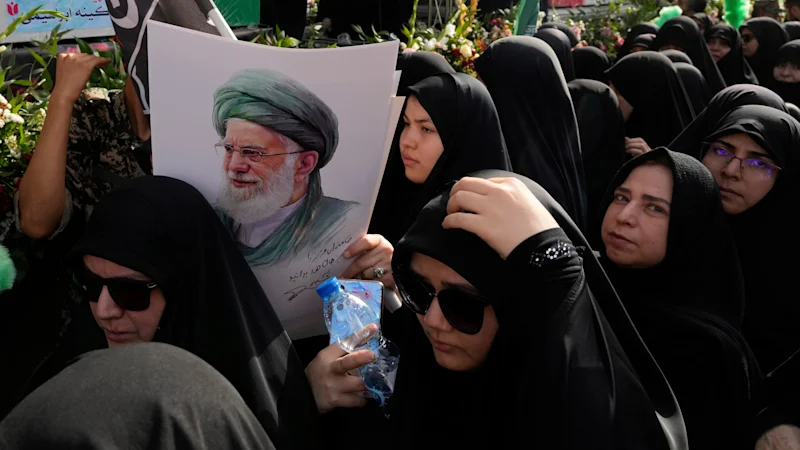By David E. Sanger
By any short-term measure – the only yardsticks the White House wants to talk about – the mission in the early hours of June 22 was a success. No regional war broke out, as past presidents who considered similar military action always feared. Even sceptics about how long the Iranians were set back – six months? Three years? – acknowledge that the 18,000 centrifuges that were spinning at supersonic speeds, producing near-bomb-grade uranium at a record pace, are now inoperable. Most experts believe they were destroyed.
Trump talks as if this were a one-and-done operation. “I don’t see them being back involved in the nuclear business any more,” Trump said at the NATO summit in The Hague last week, as if Iran’s aspirations had disappeared beneath the rubble of Fordow and Natanz.
It may not be that simple. As the United States and Iran stumble toward a post-bombing reality, the White House has avoided any public description of a longer-term strategy. Trump has hinted occasionally about new negotiations that could lead to the lifting of sanctions – but presumably only in return for Iran’s commitment to dismantle whatever is left of its nuclear program and let inspectors roam the country verifying that work. That does not seem to match the mood in Iran right now. Not surprisingly, Trump has also said he is “absolutely” willing to strike again if there are signs that the country is trying to rebuild its capabilities. Israeli officials refer to that approach as “mowing the lawn”.
But that suggests a constant state of low-level war. And it creates the likelihood that Iran will use the mystery around the fate and whereabouts of its near-bomb-grade uranium, and the prospect of a secret cache of uncompleted new centrifuges, as leverage.
